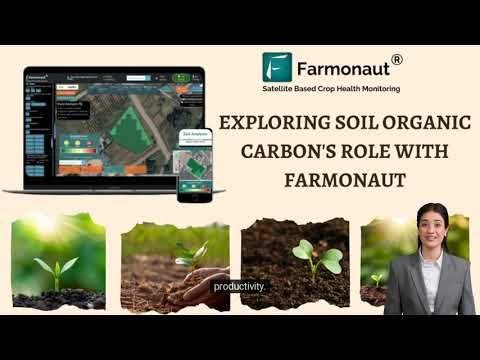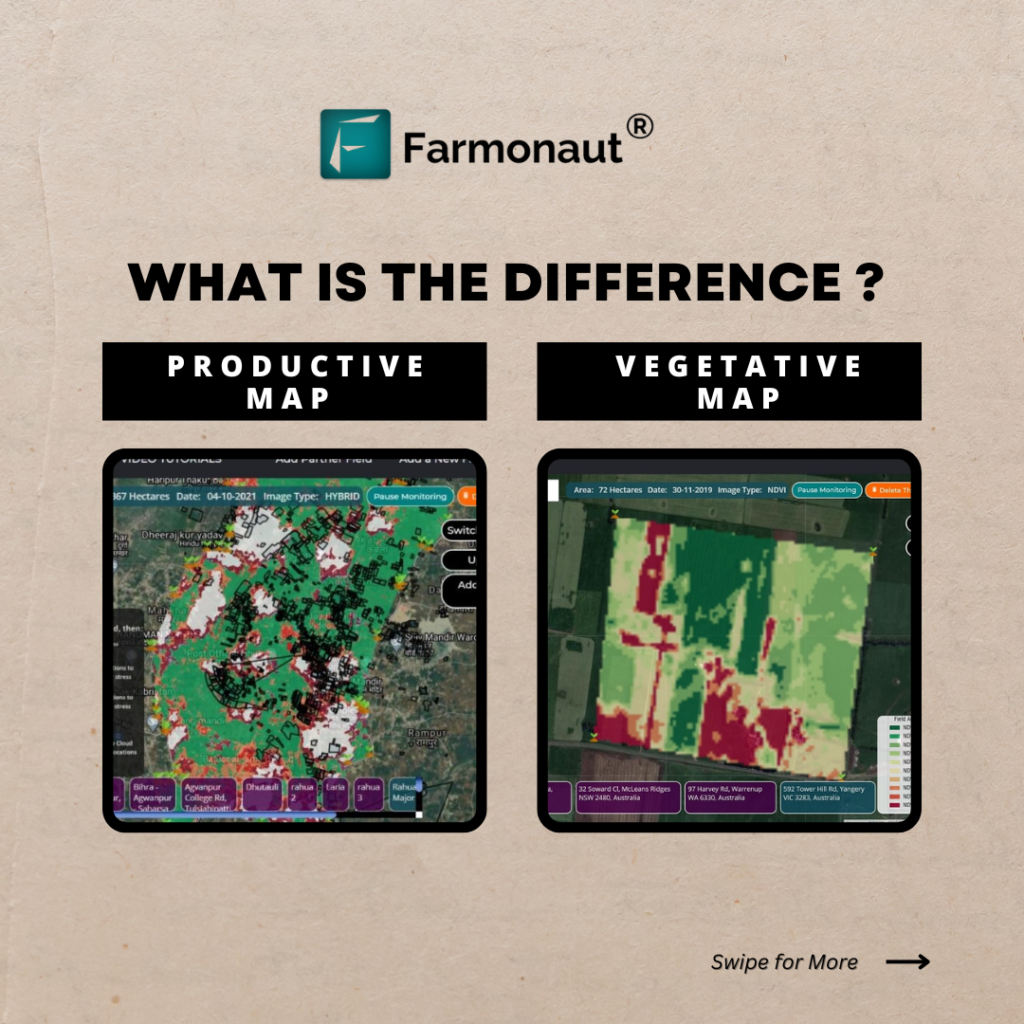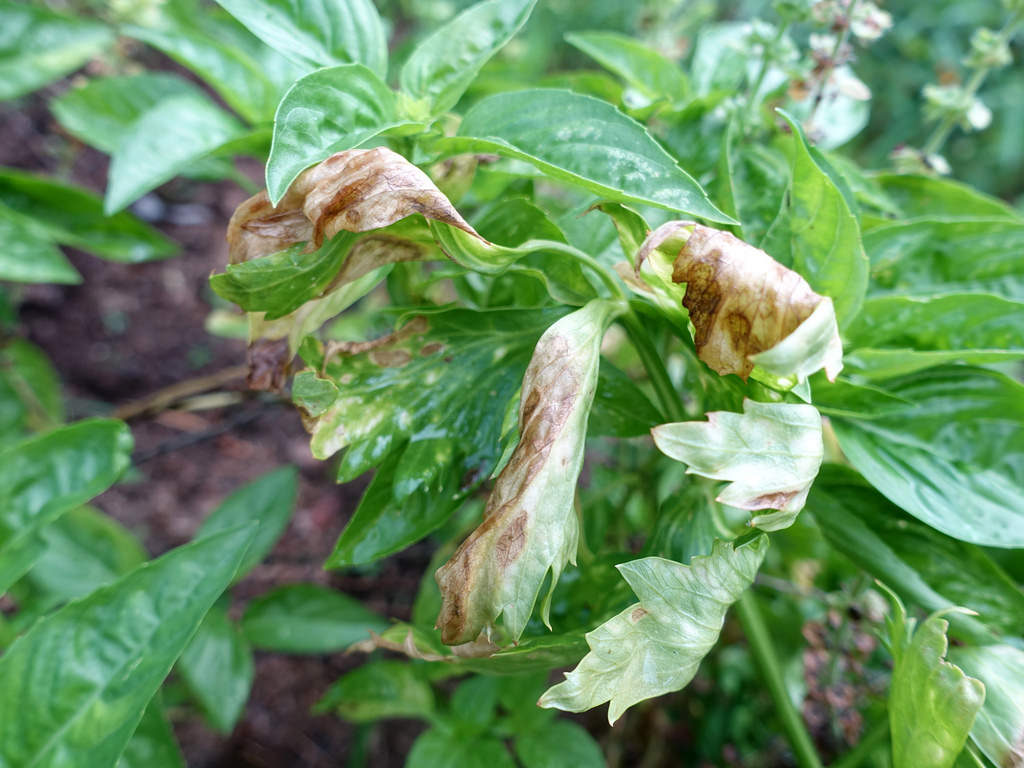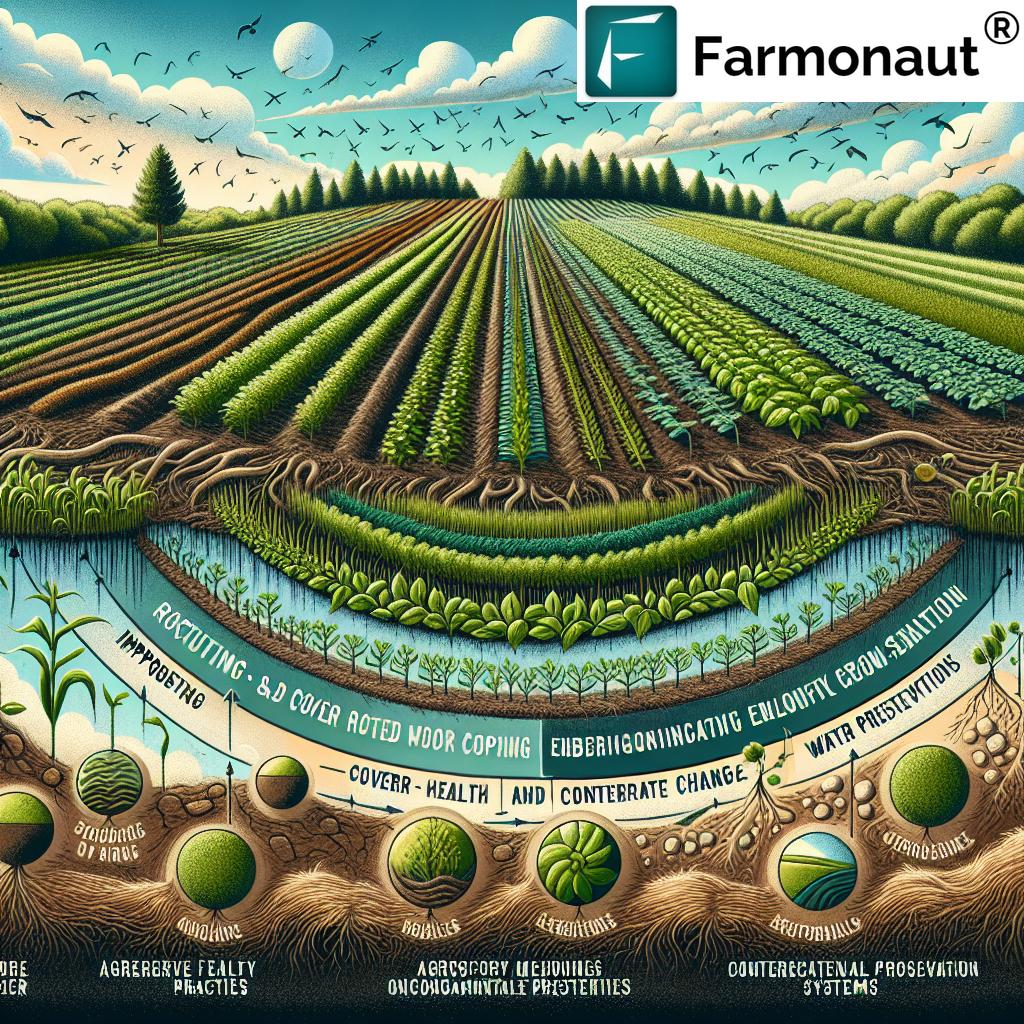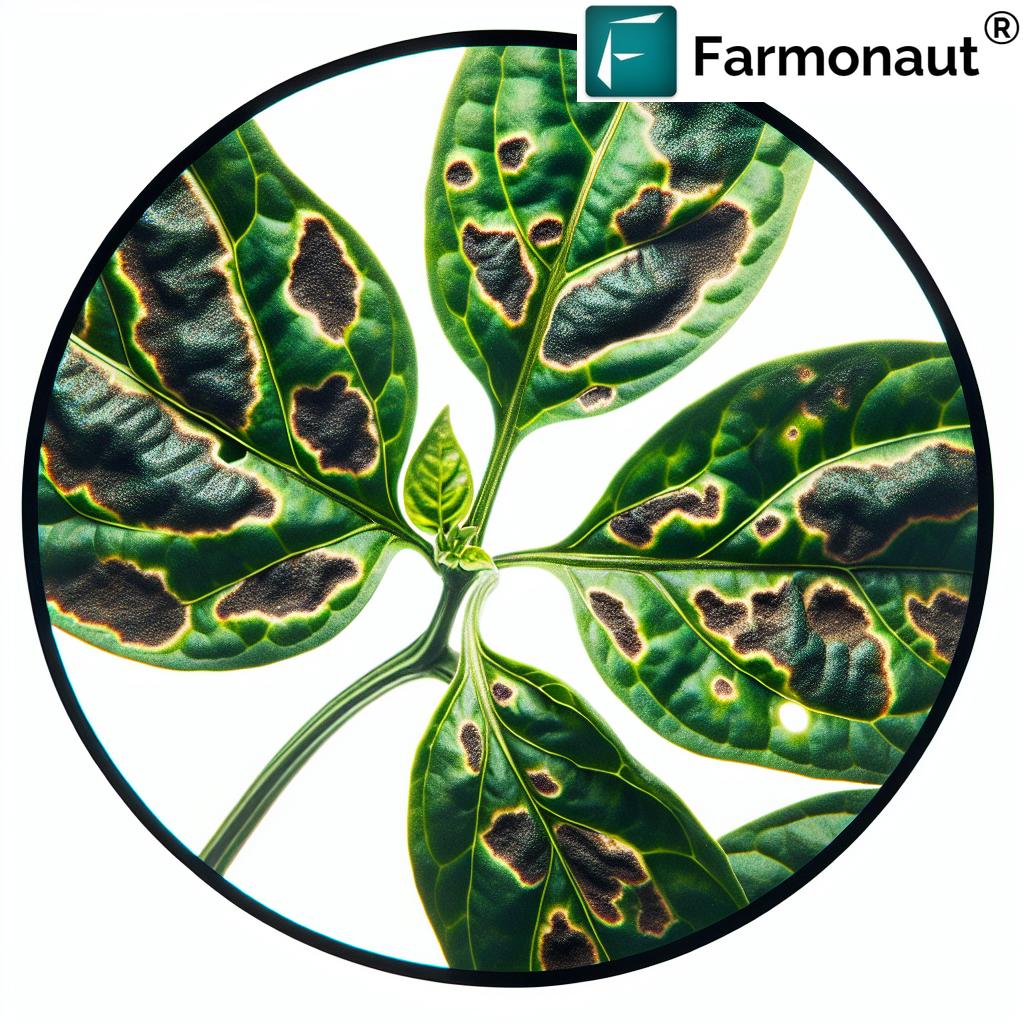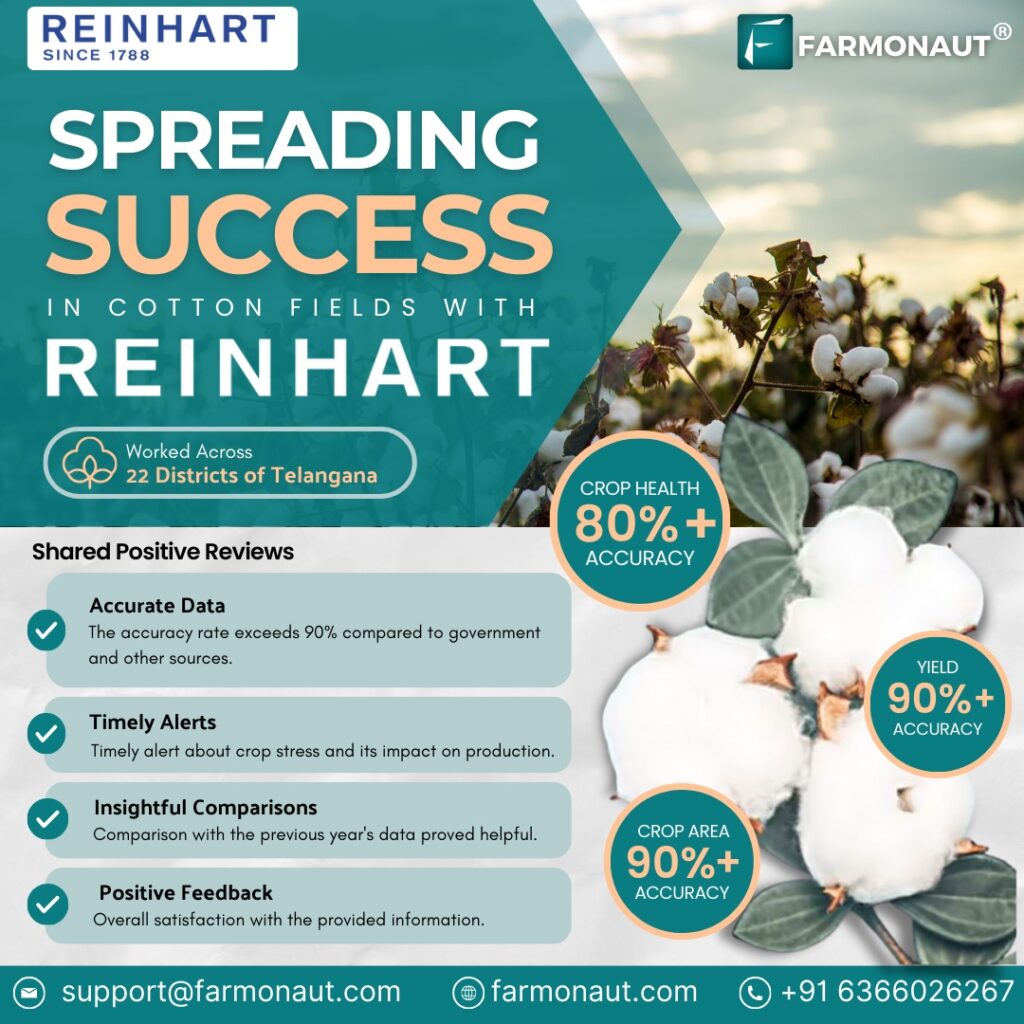Ecological Restoration: 7 Powerful Ways to Revive Farmland
“Restored farmland can increase soil organic carbon by up to 30% within five years through sustainable practices.”
Understanding Ecological Restoration
Ecological restoration is the process of assisting the recovery of ecosystems that have been degraded, damaged, or destroyed, particularly as a result of unsustainable agricultural, farming, or forestry practices. Our focus is on how ecological restoration in agriculture can transform degraded lands into vibrant, productive, resilient ecosystems teeming with biodiversity.
The primary goal of ecological restoration is to return the land—or its function—to a state of equilibrium, balancing human needs with environmental health. This involves reinstating native species, rebuilding soil fertility, and enabling natural ecological processes to flourish once again.
By integrating soil restoration practices, promoting biodiversity enhancement in farming, and improving carbon sequestration in agriculture, we can not only increase productivity but also anchor long-term sustainability in farming systems. Let’s explore why this paradigm shift is crucial for our collective future and planetary health.
Why Ecological Restoration Matters in Farming & Forestry
Agricultural intensification and industrial-scale forestry over recent decades have delivered higher crop yields and timber outputs, but often at the expense of our living environment. Intensive farming relies heavily on chemical inputs, monocultures, and land clearance—all of which degrade the soil structure, deplete natural fertility, and reduce ecosystem resilience.
Yet restoring ecological balance is not just a conservation issue—it’s fundamental to sustainable land management, vibrant rural communities, food security, and global climate health. By adopting regenerative practices such as agroforestry systems, conservation agriculture techniques, and silvopasture practices, we can:
- Restore degraded lands and reverse productivity loss
- Improve soil health by replenishing organic matter and beneficial organisms
- Boost biodiversity by creating habitats for flora and fauna
- Sequester carbon in plants and soils, mitigating climate change
- Provide economic resilience through diversified incomes and ecosystem services
Ecological Restoration in Agriculture: 7 Powerful Ways to Revive Farmland
Let’s dive into the key strategies that underpin ecological restoration in agriculture, farming, and forestry worldwide. These techniques not only restore but enhance our land, making agriculture a true partner in environmental stewardship.
“Ecological restoration methods can boost on-farm biodiversity by over 50%, supporting healthier and more resilient ecosystems.”
1. Agroforestry: Integrating Trees for Ecosystem Health
Agroforestry systems are innovative polyculture approaches that combine trees with crops or livestock on the same land. This practice is ancient yet more relevant than ever for restoring degraded lands.
- Soil restoration practices: Incorporating nitrogen-fixing trees can enrich soil fertility, improve structure, and reduce erosion.
- Biodiversity enhancement in farming: Trees create microhabitats, resulting in more diverse species (birds, insects, fungi, and more).
- Carbon sequestration in agriculture: Trees sequester carbon in both their biomass and in the soil.
- Agroforestry improves both productivity and resilience by buffering crops and livestock against climate extremes.
To learn more about integrating trees, explore the basics of agroforestry here.
If you’re aiming for sustainable productivity and climate benefits, agroforestry is a cornerstone in ecological restoration in agriculture.
Want to monitor agroforestry systems and optimize resource application? Farmonaut’s Large-Scale Farm Management solution provides real-time crop health insights for diversified land uses.
2. Conservation Agriculture: Building Resilient Soil Health
Conservation agriculture techniques focus on minimal soil disturbance (no-till), permanent soil cover (using crop residues or cover crops), and diversification of plant species.
- Improving soil fertility: Less disturbance preserves soil organic matter and microbial life.
- Increasing water efficiency: Mulch and cover crops reduce evaporation and improve infiltration.
- Reducing erosion and runoff: Permanent cover protects the soil, even in heavy rain.
- Sustained crop production with lower inputs and greater ecosystem service provision.
Learn more about conservation agriculture approaches here.
Farmers can deploy Farmonaut’s technologies to monitor soil moisture and track cover crop performance for optimal resource use, fully supporting API-based integration into farm management.
3. Silvopasture: Combining Trees, Livestock, and Forage
Silvopasture practices involve integrating trees, forage plants, and grazing animals in a mutually beneficial system:
- Trees add resilience by providing shade, shelter, and income through timber, fruit, or nuts.
- Livestock graze under the trees, distributing manure and nutrients to the soil.
- Forage and ground cover protect against soil erosion and improve moisture retention.
- Properly managed silvopastures can simultaneously increase productivity, biodiversity, and soil health.
Explore silvopasture practices in depth here.
Farmonaut’s real-time data can support silvopasture design by monitoring vegetation health and optimizing the deployment of shade trees for livestock welfare and forage growth.
4. Assisted Natural Regeneration (ANR): A Low-Cost Pathway to Forest Revival
Assisted Natural Regeneration (ANR) leverages nature’s own ability to recover—by protecting and nurturing natural tree seedlings that spring up in abandoned fields, damaged forests, and deforested lands:
- Farmers actively manage undergrowth and protect seedlings from grazing or fire.
- Cost-effective alternative to full replanting, suited for large-scale restoration.
- Rapid carbon sequestration and biodiversity recovery occur as local species reestablish.
Learn more about ANR: Assisted Natural Regeneration on Wikipedia.
Satellite-based systems such as Farmonaut’s platform can map and support the monitoring of natural regeneration progress and help allocate limited resources where they matter most.
5. Farmer-Managed Natural Regeneration (FMNR): Empowering Local Innovation
FMNR goes a step further by putting restoration in the hands of local farmers. Instead of planting new trees, farmers nurture regrowth from living tree stumps, seeds, or root systems already present on their land.
- Drastically improves soil fertility and structure by restoring native root systems and leaf litter cycles.
- Boosts biodiversity and restores ecosystem services in dryland and degraded farming landscapes.
- Low-cost and sustainable: farmers manage, prune, and protect regrowing trees, increasing wood supply and resilience to drought.
For more details: Agroforestry and FMNR.
Farmonaut’s real-time advisories can help farmers pinpoint the most effective spots for FMNR and monitor recovery, ensuring optimal investment of time and resources.
6. Paludiculture: Sustainable Use of Wet Peatlands
Paludiculture is the sustainable agriculture or forestry on wetlands (peatlands). Instead of draining peatlands for farming, we rewet and cultivate crops (like reeds, sedges, or berry plants) that thrive in waterlogged conditions.
- Mitigates carbon emissions: Peatlands drained for farming contribute huge CO₂ releases; paludiculture locks carbon in place.
- Maintains wetland biodiversity and water purification while enabling continued biomass production.
- Provides alternative livelihoods and products, such as construction materials and specialty crops.
More information: Paludiculture Wikipedia.
Monitoring water levels and biomass growth with Farmonaut’s platform supports practical implementation and helps optimize paludiculture yields for both environment and farm income.
7. Wetland Restoration and Cover Cropping
While the first six strategies cover most mainstream approaches, a seventh—wetland restoration and cover cropping—remains essential for sustainable land management.
- Wetlands act as natural filters, absorbing nutrients and purifying water for downstream communities.
- Well-chosen cover crops protect and restore soil structure, reduce erosion, fix nitrogen, and suppress pests or diseases between main cropping cycles.
- Both strategies foster ecosystem resilience, enhance biodiversity, and promote soil carbon sequestration.
Benefits Comparison Table: Restoration Techniques and Their Impact
To effectively compare restoration strategies, here’s a summary table to guide your decision-making—focusing on quantifiable impacts for maximum on-farm benefit.
| Restoration Practice | Soil Health Impact (Est. % Improvement) |
Biodiversity Increase (Est. Species/ha) |
Carbon Sequestration (tons CO₂/ha/year) |
Additional Environmental Benefits |
|---|---|---|---|---|
| Agroforestry | 25-40% | 15-30 | 3.0-5.5 | Improves microclimate, reduces erosion, supports pollinators |
| Conservation Agriculture | 15-30% | 10-20 | 1.0-2.5 | Improved water retention, reduced compaction, pest regulation |
| Silvopasture | 18-35% | 20-35 | 2.5-4.0 | Mixed income from livestock and timber, buffers wind/heat |
| Assisted Natural Regeneration (ANR) | 20-35% | 25-40 | 2.0-4.5 | Rapid vegetation recovery, cost effective reforestation |
| Farmer-Managed Natural Regeneration (FMNR) | 20-32% | 20-30 | 2.2-4.0 | Low-cost, restores ecosystem resilience in drylands |
| Paludiculture | 12-28% | 27-50 | 3.3-7.0 | Protects peat carbon, supports wetland biodiversity |
| Wetland Restoration / Cover Cropping | 20-35% | 10-25 | 1.4-2.9 | Water purification, buffers floods, fixes nitrogen |
Farmonaut Technologies and Tools for Sustainable Land Management
In our journey to restore farmland and embrace ecological approaches, digital tools and satellite technologies can make all the difference. Farmonaut provides cutting-edge, satellite-based farm management solutions that empower farmers, agribusinesses, and even governments to monitor, plan, and optimize restoration efforts.
- Satellite-Based Crop Health Monitoring: Real-time imagery supports tracking vegetation health, soil moisture, and field variation. This directly supports ecological restoration by ensuring the success of agroforestry, conservation agriculture, and wetland projects.
- AI-Based Jeevn Advisory: Personalized advice and weather insights for smarter decisions on crop management, soil restoration practices, and input efficiency.
-
Blockchain Product Traceability:
Elevate transparency and consumer trust with Farmonaut’s blockchain-based traceability solutions. This secures the journey from farm to consumer, especially for products from restored lands and regenerative systems.
- Fleet and Resource Management: Utilize Farmonaut’s fleet management tools to streamline logistics across large farm and forestry operations, ensuring restoration inputs and harvests are managed efficiently.
-
Carbon Footprinting for Sustainable Agriculture Innovation:
Track and reduce your farm’s emissions with Farmonaut’s carbon foot printing tool. This supports climate-smart agriculture and verifies carbon sequestration progress.
- API Integration: Developers can incorporate satellite data into custom dashboards and agronomic tools via the Farmonaut API.
Looking to manage vast projects or multiple farms? Farmonaut’s Large-Scale Farm Management is tailored for cooperatives, agribusinesses, and public sector users driving regional transformation.
Note: Farmonaut never sells farm inputs or machinery and is not a regulatory authority. We focus on providing intelligent, data-driven information and farm management solutions for all agricultural stakeholders!
Overcoming Challenges in Ecological Restoration
Achieving the full benefits of restoring degraded lands, enhancing soil health, and increasing biodiversity is not without obstacles. Here’s how to overcome the most significant challenges:
-
Timeframe for Returns:
Many restoration practices—like agroforestry and silvopasture—require years before producing noticeable economic returns.
Solution: Blend short-term and long-term practices (e.g., intercrop fast-growing legumes for initial income, while trees mature). -
Knowledge and Training:
Effective adoption requires new knowledge, especially for farmers transitioning away from chemical-intensive agriculture.
Solution: Use technology tools (like Farmonaut’s Jeevn AI), access community training programs, and partner with local extension workers. -
Policy and Incentives:
Policies that recognize and reward ecosystem services remain limited in many regions.
Solution: Advocate for supportive regulations and seek available government or NGO programs that support regeneration. -
Risk Management:
Unpredictable weather, pests, or market volatility may discourage farmers from experimenting.
Solution: Diversify income sources, monitor farm health using precision tools, and insure crops where possible. Find advanced solutions for verification and insurance via Farmonaut’s crop loan and insurance advisory. -
Access to Finance:
Restoration may require upfront investment.
Solution: Leverage satellite-based farm monitoring for easier access to loans and insurance products.
FAQ: Ecological Restoration in Agriculture and Forestry
- Q: What is ecological restoration in the context of agriculture?
- A: It is the process of helping degraded, damaged, or destroyed farmland and forests recover ecological function, biodiversity, soil health, and productivity—using sustainable farming and land management strategies.
- Q: Which restoration practice is most effective for soil improvement?
- A: Practices like conservation agriculture, agroforestry, and FMNR are widely recognized for improving soil structure, fertility, and microbial health, making them good choices for soil restoration.
- Q: How does ecological restoration help combat climate change?
- A: By promoting carbon sequestration in agriculture—through trees, soil organic matter, and undisturbed peatlands—restoration locks away atmospheric CO₂ and improves landscape resilience to climate extremes.
- Q: Can small farms benefit from restoration strategies?
- A: Yes, restoration practices are scalable and benefit farms of all sizes by enhancing soil fertility, providing ecological services, reducing input dependency, and increasing economic resilience.
- Q: How does Farmonaut support restoration and sustainable farming?
- A: Farmonaut provides satellite monitoring, AI advisory, carbon footprint tracking, and blockchain traceability—helping farmers, agribusinesses, and policymakers track progress, optimize resource use, and demonstrate sustainability outcomes.
If you’re interested in leveraging the most advanced, globally accessible farm management and ecosystem restoration platform, try Farmonaut on Web, Android, or iOS.
Conclusion: Restore Farmland, Revive the Planet
The journey toward ecological restoration in agriculture is essential for creating an abundant, sustainable, and healthy world—for us and for generations to come. By adopting agroforestry, silvopasture, conservation agriculture, ANR, FMNR, paludiculture, and wetland restoration, we’re not only reviving the land but also improving livelihoods, strengthening food security, and combating climate change.
Let’s transform how we interact with the land by integrating nature-based solutions and advanced technologies. Farmonaut stands ready to empower us with actionable data, AI-driven advice, transparency, and monitoring tools—making precision agriculture and ecological stewardship accessible to every farmer and stakeholder.
It’s time to actively restore our farmlands, amplify resilience, and shape a landscape that thrives for people and the planet. Join us—whether you’re a farmer, policymaker, or advocate—and let’s lead the way in ecological restoration together.




